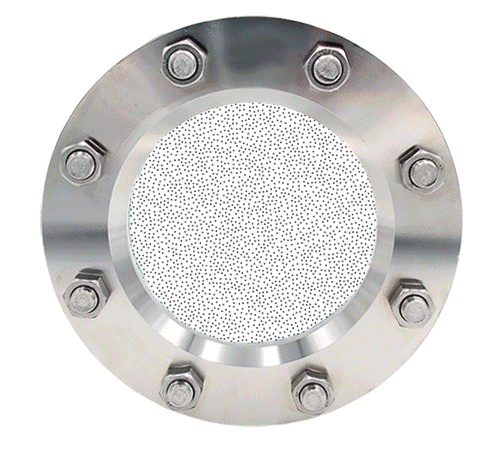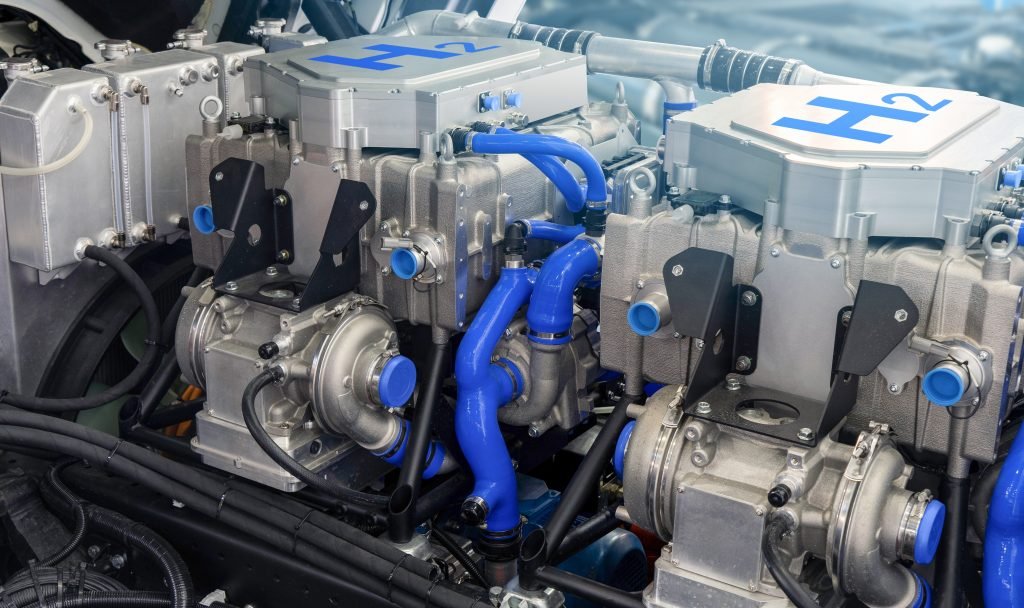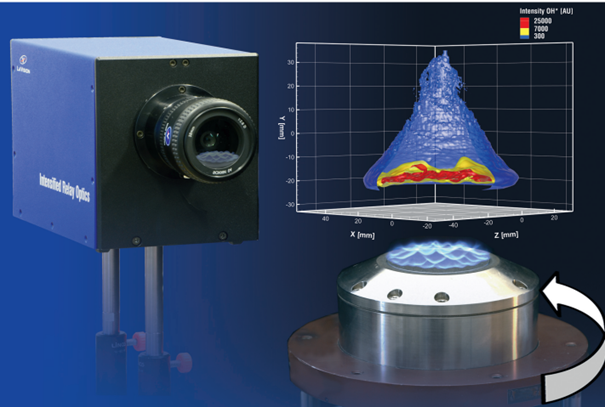Capture more. More safety. More energy. Optical measurement technology for clean hydrogen combustion and reliable leakage detection
Why is the analysis so important for the optimal handling
of hydrogen?
You are currently viewing a placeholder content from YouTube. To access the actual content, click the button below. Please note that doing so will share data with third-party providers.
More InformationWhere will hydrogen be used in the future?
A growing market with great dynamism

Making hydrogen visible - FlowBOS for leakage detection & flow analysis
Hydrogen is a colorless, odorless and tasteless gas, which makes visual detection of leaks using conventional methods almost impossible. LaVision’s FlowBOS technology uses state-of-the-art Background Oriented Schlieren (BOS) imaging to visualize invisible hydrogen flows. The commonly used IR cameras cannot be used with hydrogen because it is not IR-active. The FlowBOS camera fills this gap and offers the only way to visualize hydrogen gas.
- Particle-free visualization of hydrogen gases
- Real-time monitoring of hydrogen pipelines, storage facilities & filling stations
- Effective leakage detection for maximum safety
- Detection of flow anomalies in H₂ pipelines & tank systems

Optimum hydrogen combustion - Precise injection & flow analyses
- SprayMaster for hydrogen injection – Investigation of the homogeneity & distribution of H₂ sprays
- High-speed cameras for real-time investigation of injection processes
- PIV & LIF for precise flow measurements in combustion chambers

LaVision - Your partner for hydrogen measurement technology
Our optical measurement technology offers industry-leading solutions for research, development and industrial applications in the field of hydrogen. Our technologies are used worldwide by leading automotive manufacturers, research institutes and energy companies.
- Technology leader for hydrogen measurement technology in research & industry
- Measuring systems for development, quality assurance & process monitoring
- Modular & scalable systems for precise & efficient analyses
- Used by global OEMs and H₂ technology leaders
Frequently asked questions (FAQs) about hydrogen measurement technology
Why is the detection of hydrogen leaks particularly challenging?
Hydrogen is colorless, odorless and tasteless, has an extremely high diffusion rate and is highly flammable. Conventional sensors often react with a delay or only detect larger leaks. LaVision’s FlowBOS optical technology enables visual real-time detection of even the smallest hydrogen leaks – contactless, fast and highly precise.
What are the advantages of optical hydrogen leakage detection compared to conventional sensor technologies?
In contrast to chemical or electrochemical sensors, FlowBOS technology provides immediate, imaging results – regardless of flow conditions or environmental influences. The non-contact measurement enables reliable, continuous monitoring even in complex system structures.
How does LaVision support the optimization of hydrogen injection systems?
Yes, our LIF and PIV technologies are ideal for measuring hydrogen ZBD derivatives such as ammonia or synthetic e-fuels. We offer customized solutions for various alternative fuels.
How can high-speed cameras help in the development of optimal hydrogen combustion?
High-speed cameras enable time-resolved visualization of the combustion process. In combination with LaVision’s image processing systems, the propagation speed, flame structure and ignition behaviour can be precisely analyzed – essential for optimizing combustion processes and reducing emissions.
What role does optical measurement technology play in the safe development of hydrogen systems?
Optical processes enable the early detection of potential weak points – such as leaks, uneven injection or unstable combustion. They therefore make a decisive contribution to the development of safe, efficient and market-ready hydrogen technologies.
Latest news
Let's innovate the future of hydrogen technology together!
The future belongs to sustainable fuels – with LaVision you can rely on maximum precision, efficiency and safety for the optimum use of innovative energy sources.
